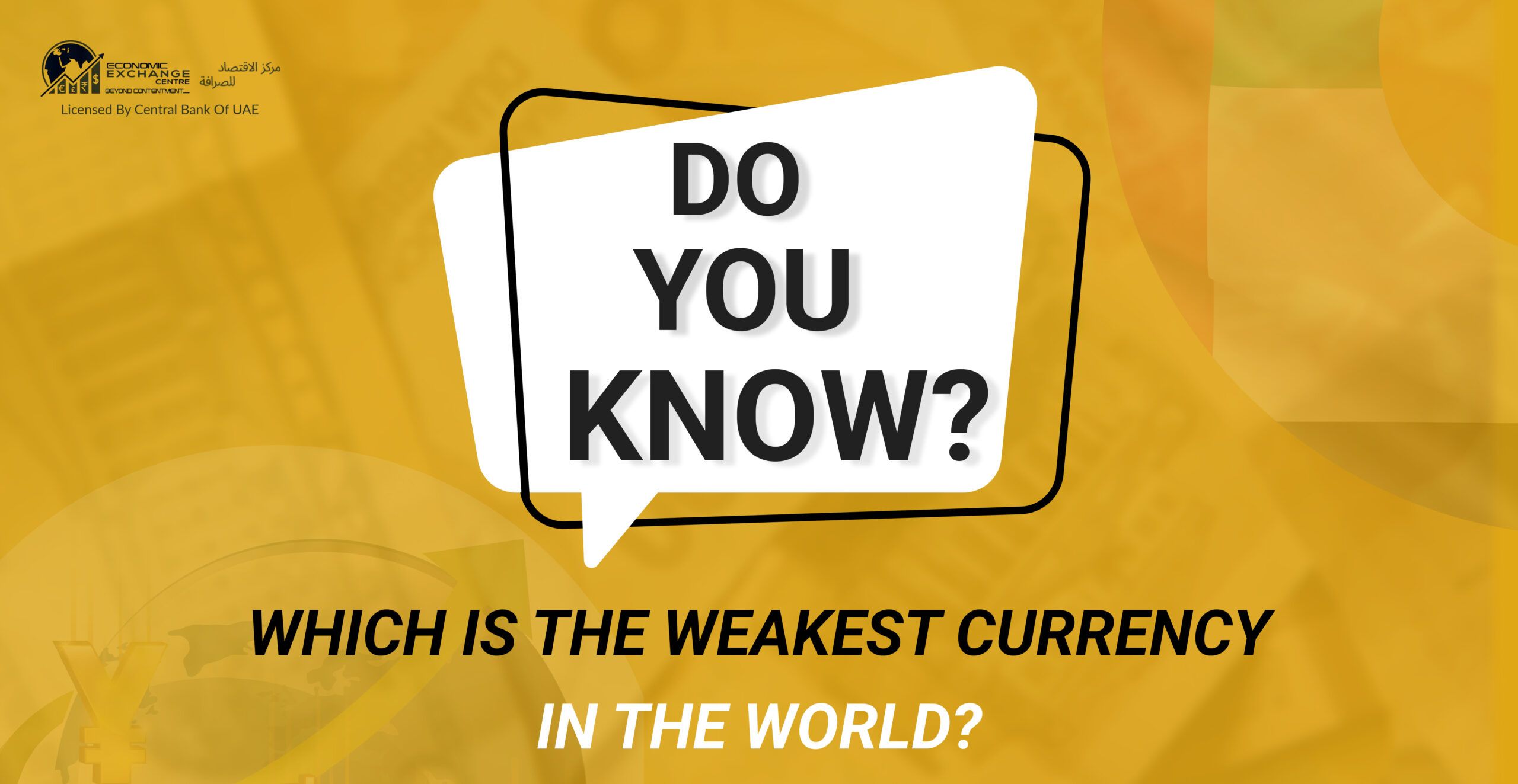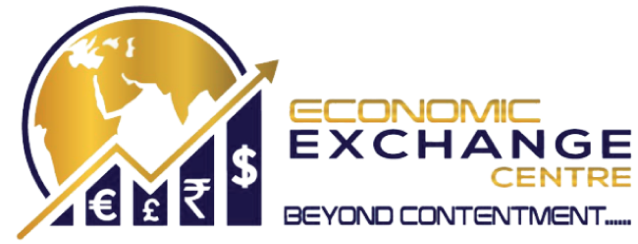
Hey, curious minds! Today, let’s embark on a journey into the world of currencies and unravel the mystery behind a title that often raises eyebrows—the “weakest currency in the world.” Spoiler alert: our protagonist is the Iranian Rial. So, grab your favourite beverage, settle in, and let’s engage in a lively discussion about why the Iranian Rial finds itself in the spotlight as the purported weakest currency.
The Currency Chronicles
Before we dive into the debate, let’s set the stage. Currencies, those elusive symbols of economic might or fragility, often take centre stage in global discussions. One name that frequently pops up in conversations about weakness is the Iranian Rial. But why? What elements contribute to its portrayal as the underdog in the currency universe?
Where Every Move Matters
Iran, a nation with a rich history and a complex economic backdrop, finds its currency, the Rial, on a metaphorical chessboard. The game involves intricate moves influenced by global dynamics, internal policies, and a fair share of unexpected twists.
Factors Affecting the Iranian Rial’s Standing
Now, let’s introduce the key players in this currency debate—factors that often play a decisive role in shaping the narrative of the Iranian Rial’s alleged weakness.
Enter the arena of international politics, and you’ll encounter sanctions—a subtle but powerful force affecting Iran’s economic landscape. These restrictions limit trade and investment, placing the Rial in the crossfire of global tensions.
The political landscape, akin to a turbulent sea, has a ripple effect on currencies. Iran’s political uncertainties become waves that impact investor confidence, adding an extra layer to the challenges faced by the Rial.
Being a major player in the oil market, Iran’s economic fate is closely tied to global oil prices. While high prices can be a boon, the volatility in this arena often becomes a double-edged sword, affecting the Iranian Rial’s stability.
Is the Iranian Rial Truly the Weakest?
Now, let’s dive into the debate. Is the Iranian Rial rightfully holding the title of the weakest currency, or is it a victim of circumstances beyond its control? Here are some perspectives.
Optimists advocate for comprehensive economic reforms as the silver lining. Tackling inflation, attracting foreign investments, and diversifying the economic landscape—all are proposed as strategies to uplift the Iranian Rial from its perceived weakness.
Could improved international relations be the game-changer? The easing of sanctions and increased cooperation on the global stage might provide the much-needed boost for the Iranian Rial. However, sceptics question the feasibility of such diplomatic endeavours.
A controversial move that often surfaces in discussions is pegging the Rial to a more stable currency. Advocates argue that it could provide a safety net against wild fluctuations, but critics worry about potential downsides and loss of control over monetary policies.
As we navigate through the layers of this discussion, one thing becomes clear—the Iranian Rial’s standing as the weakest currency is a complex narrative shaped by a myriad of factors. It’s a tale of economic intricacies, global politics, and the pursuit of stability in a world that’s ever-changing.
Conclusion:
In conclusion, the Iranian Rial’s journey to being labelled the weakest currency is a nuanced story that transcends simplistic explanations. It’s a currency grappling with economic challenges, navigating through global pressures, and seeking a path to resilience.
As we wrap up our discussion, let’s acknowledge that the currency realm is like a dynamic theatre, with each currency playing a unique role. The Iranian Rial, in its purported weakness, invites us to explore the broader dynamics of economics and geopolitics. Until next time, keep the curiosity alive and the discussions buzzing!
